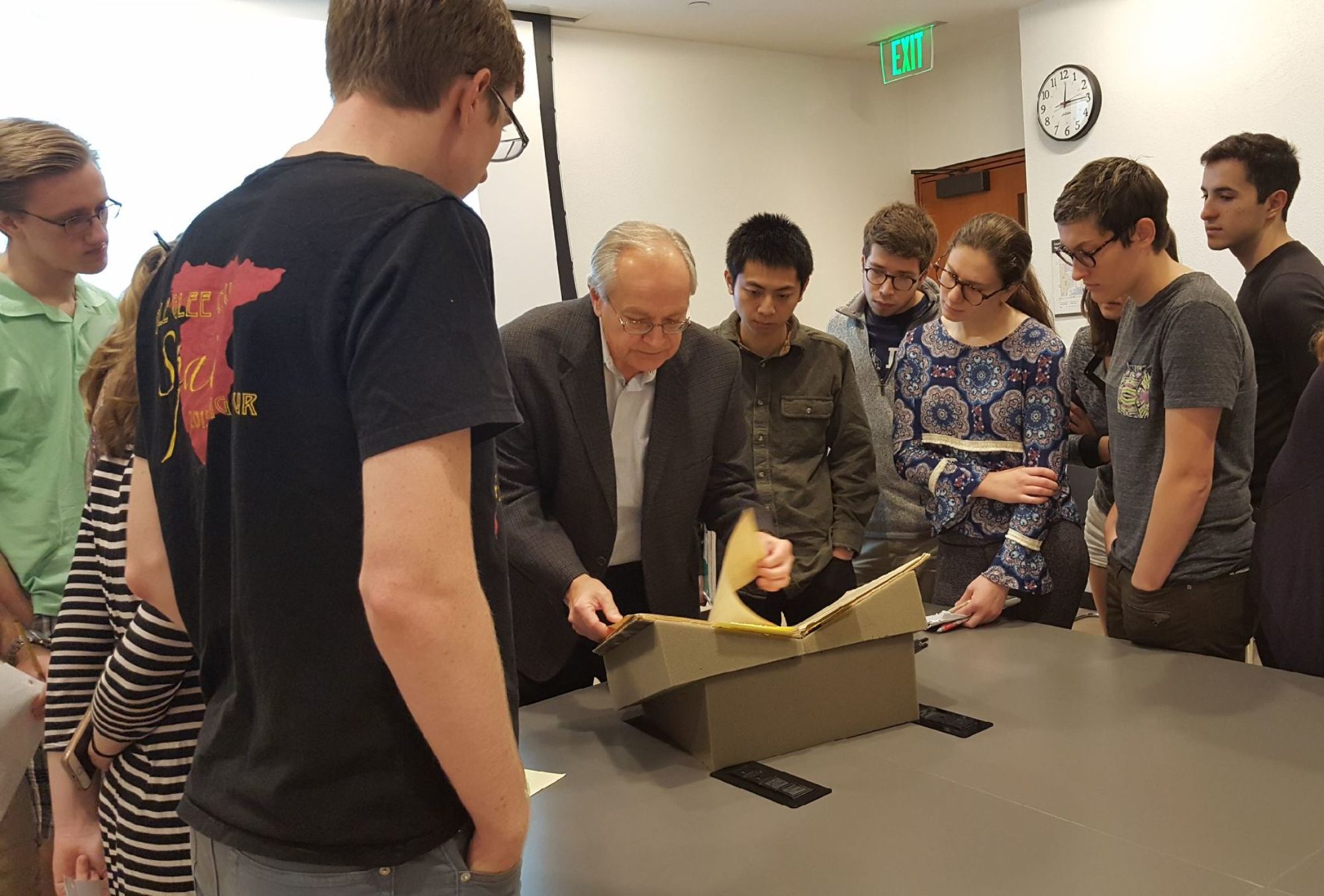From my essay, “Beethoven Reception” (pp. 434-35) in Jim Samson, ed., The Cambridge History of Nineteenth-Century Music. Cambridge: Cambridge University Press, 2002.
Between absolute and programme music
It is counter-productive to collapse post-1850 instrumental music into two polarised types. The supposed opposition of absolute and programme music is a false dichotomy, one forged in the heat of nineteenth-century polemics. Nor are such terms to be regarded as verifiable properties of the works themselves. All such classifications serve overwhelmingly as hermeneutic genres – differing modes of interpretation that, for differing purposes, seek to supervise the interplay between a piece and its listener. Hermeneutic genres provide the guidelines encouraging certain kinds of communication to occur while discouraging others; they are lenses through which selected aspects of culturally complex compositions may be called forth for analysis, discussion and commentary. The seemingly mutually exclusive extremes – absolute versus programmatic understandings – are not our only choices. Between them lies a flexible middle ground, a vast zone of nuanced implication that may be tapped in various ways, depending on the desired point of view. Consequently, what we encounter is a spectrum of possibilities under which any single piece might be framed for understanding. There is no single, objectively ‘correct’ approach to any composition. All symphonic works house multiple strata of potential meaning; some are musical, some are extra-musical. Nevertheless, in their interactions with the public, composers sometimes highlighted one or two of these meaning-strata while down playing the others. Some works do invite richer speculation about representational allusion than do others.
